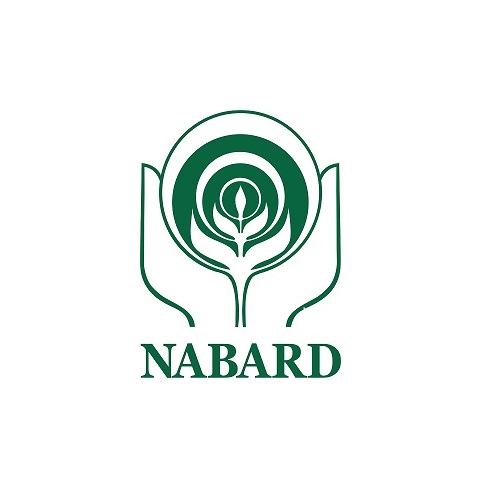1. The Turko-Afghan rule in India lasted for about --> three centuries
2. The twenty-third Jaina teacher, Parsva, the immediate predecessor of Mahavira enjoined on his disciples four great vows. To these Mahavira addes which of the followings as the fifth vow? --> Brahmacharya or continence
3. The Uprising of 1857 was described as the first Indian war of Independence by --> V.D. Savakar
4. The year 788 AD was a good one for Hinduism. Why? --> Shankracharya was born that year.
5. The Venetian traveler who travelled with his wife and reached Vijayanagar around 1420 was --> Nicolo de Conti
6. Though Ashoka had many sons, the inscriptions mentioned only one who is not mentioned in any other source. He is --> Tivara
7. We can know about early vedic period from --> the Rig Veda
8. The Upanishads are --> a source of Hindu philosophy
9. Universities in the Presidency towns in India were established in --> 1857
10. The Vijayanagara king who employed skilled archers of the Turkish clan and raised the fighting capacity of his bowmen was --> Devaraya I
11. The text of the document called Mahzar, by which Akbar assumed the role of supreme arbiter in the matters of religion is found in --> Abul Fazl's Akbarnama
12. Tulsidas, the author of Ramcharitmanas, was a contemporary of which of the following rulers? --> Akbar
13. To meet the educational needs of the people, the Madarasa-I Nasiri was built in the region of --> Iltutmish
14. The weekly Commonweal was founded by --> Annie Besant
15. Ustad Mansur was a famous painter in the region of --> Jahangir
16. There was a sharp class division at Harappa and Mohen-jodaro. This is clear from the --> different types of dwellings excavated
17. The title given by the British Government to Mahatma Gandhi which he surrendered during the non-cooperation movement was --> Kaiser-e-Hind
18. Tipu sultan was the ruler of --> Mysore
19. The term yavanika meant --> curtain
20. The term Khalisa in Mughal administration signified the --> land owned b the emperor himself
21. The use of spinning wheel (Charkha) became common during the --> 14th Century AD
22. The language of discourses of Gautama Buddha was --> Pali
23. There were widespread risings against the British in the 1820s. Which one of the following did not revolt in the 1820s? --> Santhals
24. Velu Thampi led a revolt against the British in state of --> Travancore
25. Under the Mountbatten Plan of 1947 the people of ___ were given the right to decide through a plebiscite whether they wished to join Pakistan or India. --> N.W.F.P and the Sylhet district of Assam
26. The treaty of Mangalore was signed between --> the English East India Company and Tipu Sultan
27. To conquer and annex Peshawar and Punjab, Mahmud of Ghazni defeated --> Hindushahis
28. The victories of Karikala are well portrayed in --> Pattinappalai
29. Todar Mal was associated with --> finance
30. The theory of economic drain of India during British imperialism was propounded by --> Dadabhai Naoroji
31. The treaty of Srirangapatna was signed between Tipu Sultan and --> Cornwallis
32. The system of competitive examination for civil service was accepted in principle in the year --> 1853
33. Through which one of the following, the king exercised his control over villages in the Vijayanagar Empire? --> Mahanayakacharya
34. The Vijayanagara ruler, Kirshnadev Raya's work Amuktamalyada, was in --> Telugu








